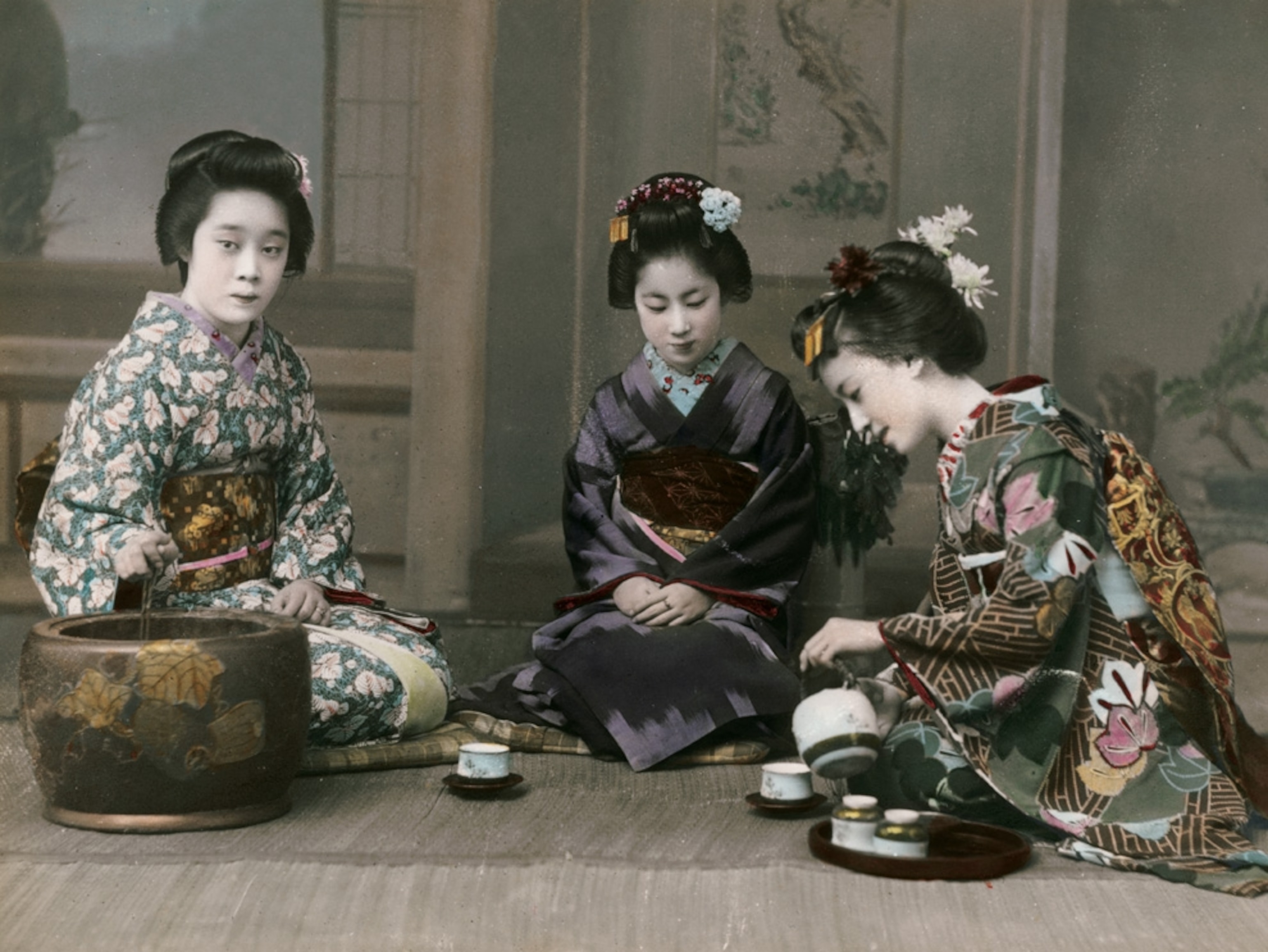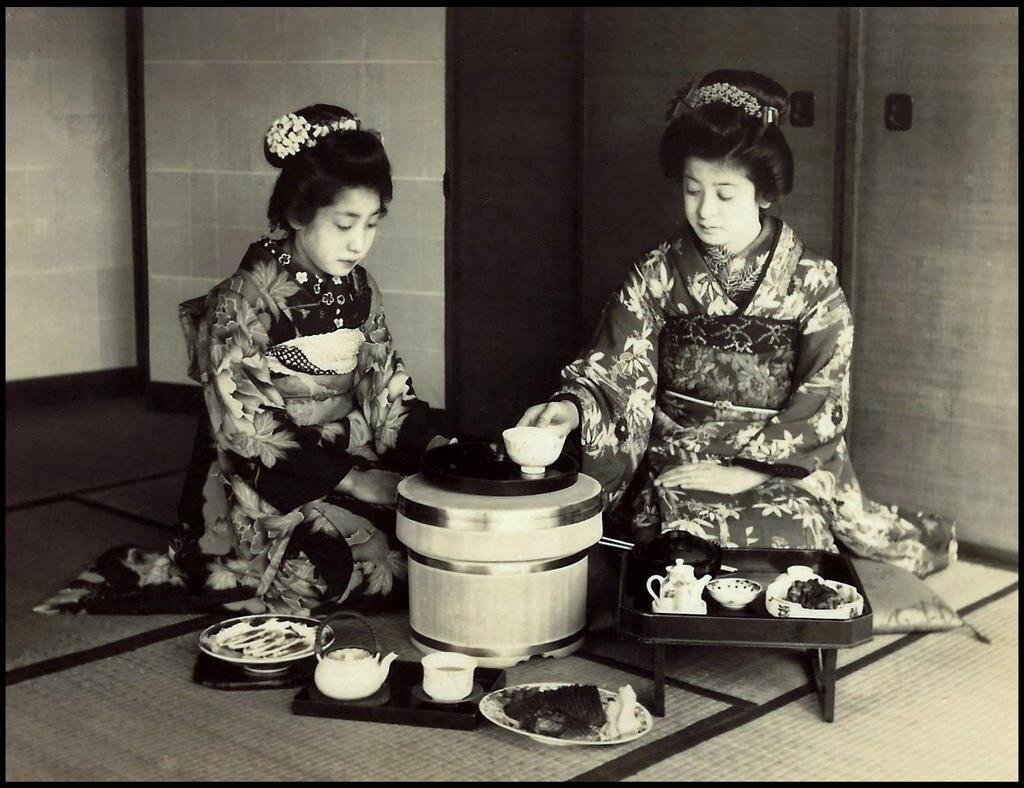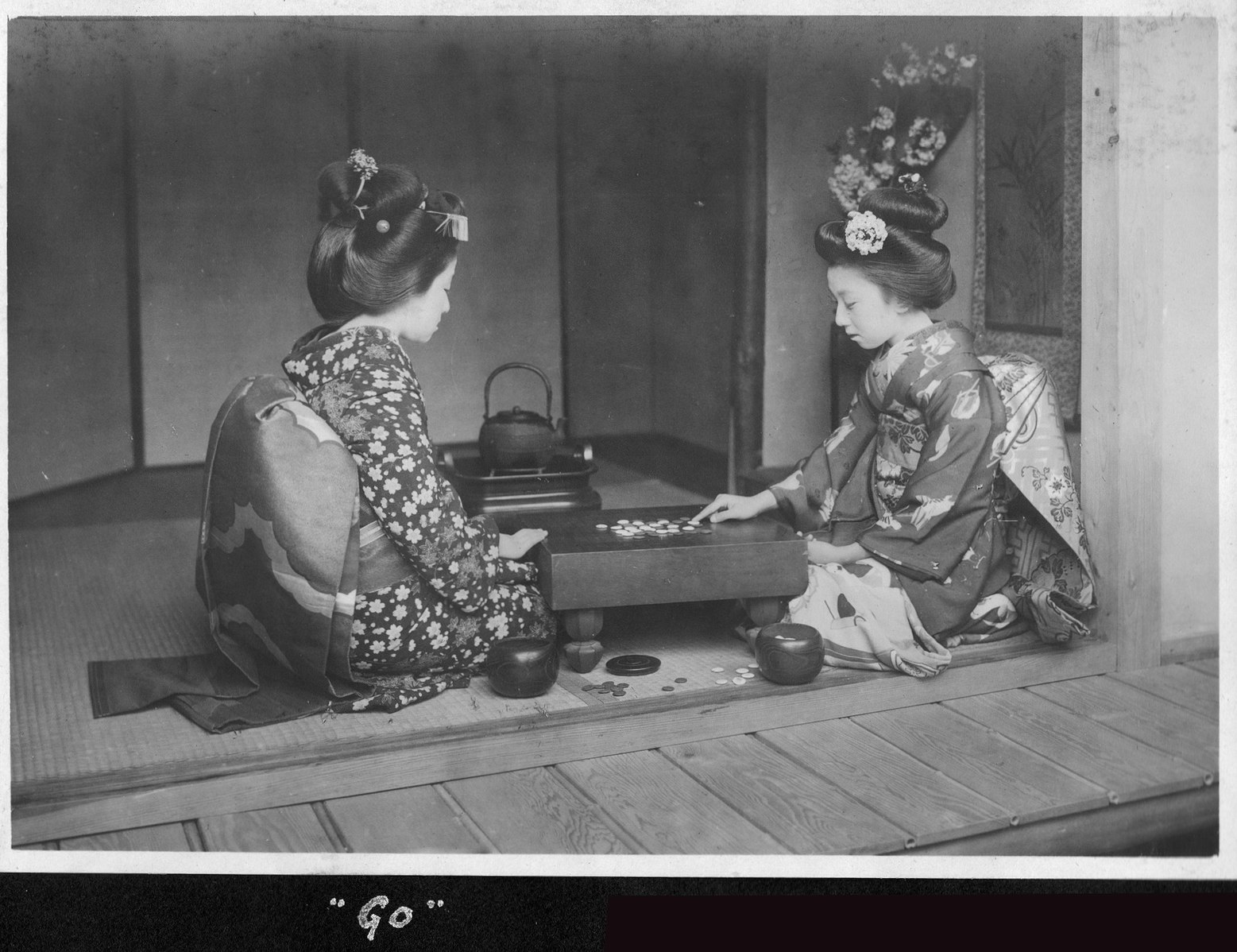The Japanese Tea Ceremony; regarded as one of the country’s ancient arts of refinement, the Japanese tea ceremony offers a glimpse into the culture of Japan. The Japanese tea ceremony, also known as cha-no-yu, aims to reclaim peace and harmony in a chaotic world via the ritual of sipping tea together. It is a time to take pleasure in the company of others and express gratitude for the gift of life itself. Hosts of these exquisite events make and serve tea according to a strict set of rules, known as Chado, translating literally to the Way of Tea. Proper etiquette and technique are so important that Japanese schools teach the appropriate way to hold a tea ceremony.

The formality of event depends on its complexity, procedure, and length. Hosts may serve a Chaji (a formal ceremony) or a Chakai (an informal ceremony). Both varieties often serve matcha, a form of powdered green tea. Senchado, a less well-known ritual, employs leaf tea rather than powdered tea. Neighboring countries China and Korea, also hold tea ceremonies.
Japanese tea ceremony history is a centuries-old tradition that dates back to 9th Century AD. Although Japan has adopted many rituals from abroad, rites of this ceremony originated in Japan. According to historical texts, first record of a tea ceremony occurred in 815 AD, when Emperor Saga visited village of Karasaki. After receiving emperor, a monk named Aiqiu served him tea in an elaborate ceremony. In 12th Century AD, a Japanese monk named Eisai introduced Japan to matcha. While in China, he discovered people drinking a powdered form of green tea. By using Tencha method, whisking matcha powder with hot water, the Chinese made a frothy, delectable drink. Eisai brought matcha to Japan and soon other Buddhist monks adopted it into their ceremonies. This event marked the beginning of matcha’s assent as tea of choice and further popularized tea ceremonies. Historically known as founder of Japanese tea ceremony, Murata Juko redefined use of tea in 15th Century, Japan. Born into a mercantile class, Juko discovered world of tea as a youth while working at a Buddhist temple. It did not take long for Juko to become fascinated with its use in both ceremonial and personal experiences. Later on, Juko traveled to Kyoto to learn aristocratic side of tea ceremony and continue his Buddhist studies under monk Ikkyu Sojun. Through Buddhist scripture, Sojun taught Juko Way of the Tea. These rules were not only proper etiquette but reinforced how spirituality flows through all human practice and that tea ceremonies are intertwined with divine world.

Traditional, formal tea ceremony lasts several hours, beginning with a multi-course Kaiseki. Kaiseki meals begin with a selection of small appetizers and continue with a sashimi course, followed by cooked dishes, rice and dessert. Palette cleansers, like pickled ginger, are often served in between courses. Host then serves a bowl of thick tea and concludes with bowl of thin tea. Preparation for ceremony is significant and requires careful planning ahead of time. Teahouses send invitations to guests weeks in advance and use remaining time to prepare tea room. Traditionally, Japanese placed their tea room, known as Chashitsu, in a garden. Teahouses tend to the gardens year-round and completely clean Chashitsu before ceremony. Workers prepare meals as well as clean utensils. In a Japanese-style reception room, an art niche known as Tokonoma is used to showcase artwork. A tokonoma is also known as an alcove in Japanese. Tatami, which are woven mats, serve as seating since people generally sit on the floor. Tea and meals are prepared in Mizuya. Tearoom would not be complete without proper decorations. Artwork, known as Kakejiku, a Japanese hanging scroll, is often hung on a wall or suspended from ceiling. Chabana or tea flowers, are often used in a Japanese tea ceremony to adorn the table.






